“Major Heat” is the twelfth solar term among the twenty-four solar terms in the traditional Chinese calendar and also the last one in the summer season. During this period, temperatures are extremely high, and the weather is scorching, making it the hottest time of the year. Major Heat generally refers to a period of intense heat, frequent thunderstorms, and abundant rainfall, fostering vigorous growth in nature.
what is Chinese major heat?
The origin of Major Heat can be traced back to ancient times. According to the records in “The Explanation of the 72 Solar Terms”, “Major Heat falls on the middle of the sixth month. ‘Shu’ means heat, which is further divided into large and small. At the beginning of the month, it is the small heat, and in the middle of the month, it is the major heat. Nowadays, the heat is still significant.” This indicates that Major Heat is the hottest period of the year and also the time of rapid crop growth.
The climate characteristics during Major Heat are quite remarkable. The temperature typically rises above 35 degrees Celsius, and it can reach around 40 degrees Celsius at its peak. Simultaneously, there is heavy rainfall with frequent thunderstorms and lightning. This weather has significant impacts on people’s lives and health, leading to issues such as heatstroke, sunburn, and dehydration. Therefore, during Major Heat, it is essential for people to take measures to prevent heatstroke, keep cool, and protect against sunburn and dehydration.
During Major Heat, crops grow rapidly, entering a critical period of field management. Farmers need to strengthen tasks such as irrigation, fertilization, and weeding to ensure normal crop growth and increase yields. Additionally, they should be cautious about the influence of severe weather conditions like thunderstorms and strong winds on crops and enhance field management and protective measures.
Apart from agriculture, Major Heat is also associated with various traditional cultural activities and customs. For instance, in the southern regions, there is a custom of eating lychees during Major Heat, symbolizing prosperity and good fortune. In the Putian area of Fujian, there is a tradition of having a vegetarian diet during Major Heat, which includes dishes like dumplings, leek pancakes, and sesame balls, symbolizing peace, health, and family reunions.

Chinese major heat history
“DaShu,” the twelfth solar term in the twenty-four solar terms, occurs when the weather becomes more intense compared to “XiaoShu” (Lesser Heat), hence its name “DaShu” (Greater Heat). “Shu” denotes scorching heat, and “DaShu” refers to the peak of scorching heat. In the book “YiZhouShu,” it states: “The earth becomes moist with sultry heat. Five more days, and heavy rains will come and go.” It also says: “When heavy rains do not come and go regularly, the country will not receive blessings.” DaShu is the solar term when sunlight is most intense, temperatures are at their highest, and thunderstorms frequently occur. During this time, the weather is extremely hot and oppressive, and abundant rainfall fosters vigorous growth of all things.
The historical origins of the DaShu solar term can be traced back to the Spring and Autumn Period in ancient China. At that time, people used sundials to measure the length of the sun’s shadow to determine the dates of the Vernal Equinox and Autumnal Equinox. By the Warring States Period, people further measured the changes in the length of the noon shadow, allowing them to ascertain the dates of the Winter Solstice and Summer Solstice. During the Han Dynasty, people determined the twenty-four solar terms based on the sun’s position and used them to guide agricultural activities according to celestial observations and phenological changes. With the passage of time, the twenty-four solar terms were refined and developed, gradually becoming an integral part of traditional Chinese culture.
In conclusion, “DaShu” is one of the twenty-four solar terms, and its historical origins can be traced back to the Spring and Autumn Period. It marks the period of extreme scorching heat, frequent thunderstorms, and abundant rainfall, fostering vigorous growth in nature. The twenty-four solar terms have evolved over time and have become an important component of traditional Chinese culture.
Chinese major heat Meteorological changes
The solar term of “DaShu” falls around the middle of the three periods known as “SanFuTian” (“Three Fu Days”). It is the hottest and sunniest solar term of the year, with the peak of “damp and scorching” weather. “DaShu” is characterized by frequent thunderstorms, abundant rainfall, and high temperatures, making it a period of hot and rainy weather. The monsoon climate is the main characteristic of China’s climate, and during the summer, many parts of China experience high temperatures, humidity, and heavy rainfall due to warm and moist air currents from the ocean. Despite the discomfort of the humid and sweltering conditions, this time is highly favorable for the rapid growth of crops, as they thrive during this period.
In the southern regions of China, “DaShu” represents the peak of intense sunlight and high temperatures. It is the time when the western part of southern China experiences the heaviest rainfall, frequent thunderstorms, and the most concentrated period of high temperatures. In the eastern part of southern China, it is the period when temperatures frequently exceed 35°C. Throughout most of China, except for the Qinghai-Tibet Plateau and the northernmost regions of the Northeast, “DaShu” marks the hottest time of the year, with temperatures regularly reaching 35°C and often surpassing 40°C. The temperatures across the country are relatively similar during this period. In the northern inland regions, summer is characterized by hot and dry weather.
China exhibits a typical monsoon climate, influenced by atmospheric circulation systems like the subtropical high-pressure system. From mid-June to early to mid-July, the main rain belt in eastern China typically moves northward from South China and Jiangnan to Jianghuai regions. From late July (the period known as “QiXia BaShang”), which corresponds to the time after “DaShu” until the beginning of the “LiQiu” (Start of Autumn), the monsoonal southwest winds advance northward along with the seasonal northward movement of the subtropical high-pressure system. The southwest winds from the periphery of the subtropical high transport warm and moist air currents from the tropical and subtropical regions to the northern parts of China. These warm and moist air currents converge with the cold air from the mid-latitudes in North China and Northeast China, leading to the onset of the rainy season in these regions. The northwest region, due to its inland location and distance from the ocean, experiences the least amount of annual precipitation and is a dry and arid area in China.
Chinese major heat Phenological phenomena
The book “Explanation of the Seventy-Two Solar Terms” written by the Yuan dynasty scholar Wu Cheng is an important work on the twenty-four solar terms. In this book, Wu Cheng subdivides the twenty-four solar terms into seventy-two solar periods, with each solar term consisting of three solar periods. This detailed division makes the characteristics of each solar term more distinct, allowing people to have a more accurate understanding of the changes in the natural world.
“DaShu” is the last solar term of summer and the hottest time of the year. During this period, the temperature is high, humidity is significant, and the weather is scorching with frequent thunderstorms. Wu Cheng describes the three solar periods of “DaShu” as follows:
The first solar period: “Decaying grass becomes fireflies.” In “DaShu,” due to the high temperature and rainfall, many dead plants become moist and decompose. At night, fireflies can often be seen flying around, seeking food on the decaying grass and fallen leaves. This phenomenon is particularly noticeable on grasslands after summer rains, with fireflies blinking in the night sky like little lanterns.
The second solar period: “Moist soil in sultry heat.” During this period, the soil is warm and humid, providing favorable conditions for the growth of water-loving crops such as rice. The hot and humid climate may make people feel heavy, lethargic, and in need of appropriate ways to cool down and rest.
The third solar period: “Heavy rain often falls.” “DaShu” is characterized by rainy and hot weather. At any time, rain can fall from the sky. This type of weather can make people feel extremely hot and stuffy. However, it also provides ample water and nutrients for crops, promoting their growth and development.
In summary, “DaShu” is a season of heat and humidity, a critical period for crop growth. People need to pay attention to heatstroke prevention, keep indoor ventilation and dryness, and avoid falling sick in daily life. Meanwhile, they can also appreciate the beauty of nature, experience the changes of the seasons, and feel the rhythm of life.
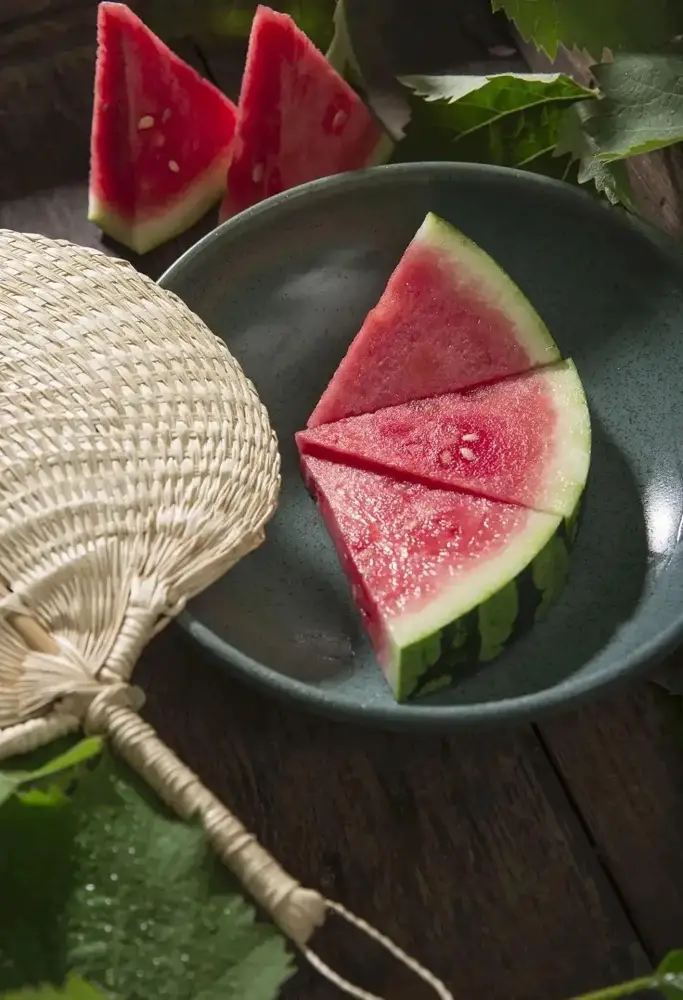
Chinese major heat farming
The period before and after “DaShu” is the hottest time of the year, and crop growth is at its fastest. Agricultural production is closely related to geographical and climatic conditions. The monsoon climate is the main characteristic of China’s climate, which is a combination of continental and maritime climates. The monsoon climate is characterized by concurrent rainy and hot seasons, which is favorable for crop growth. In terms of the seasonal distribution of precipitation, China’s rainfall mainly concentrates in the summer, especially during the “DaShu” solar term, with scorching heat and abundant rainfall, making it a time of exuberant growth for all living things.
During the hot season, crops grow vigorously and require a large amount of water. In the summer, China receives the most and most concentrated rainfall, matching well with the high-temperature period, which is highly conducive to crop growth. China’s rainfall is primarily brought by the southeast monsoon from the ocean, and influenced by the summer monsoon, precipitation gradually decreases from the southeast coastal areas to the northwest inland. From the perspective of the seasonal distribution of precipitation, China’s southern tropical and subtropical regions exhibit typical rainy and hot concurrent seasons, while the northern regions such as North China and Northeast China mainly experience rainfall concentrated in the transition between summer and autumn. Although the rainy season is short and the amount of rainfall is relatively low, they still exhibit the climate characteristic of “rainy and hot concurrent seasons.” Therefore, the climates in North China, Northeast China, and other northern regions of China also belong to the category of “rainy and hot concurrent seasons.”
The abundant sunlight, plentiful precipitation, and warm and humid conditions during the rainy and hot concurrent seasons present an excellent climate resource in China, highly suitable for crop growth.
Chinese major heat traditional custom
The tradition of sending “DaShu Boats” in Zhejiang
Sending “DaShu Boats” is a traditional folk custom observed in coastal areas of Zhejiang, especially in the fishing villages of Taizhou. The significance of this tradition is to send out the “Five Saints” to sea to protect the safety and well-being of the people during the hottest period of summer. The event is accompanied by colorful folk art performances.
The “DaShu Boat” is a scaled-down replica of an old three-masted sailing ship, measuring approximately 8 meters long, 2 meters wide, and weighing around 1.5 tons. It carries various offerings. The ceremony begins with more than 50 fishermen taking turns carrying the “DaShu Boat” through the streets, accompanied by loud drumming, gong sounds, and bursting firecrackers. People praying for blessings gather on both sides of the streets. The “DaShu Boat” is eventually transported to the dock, where a series of prayer ceremonies take place. Subsequently, the boat is towed out to sea and set on fire, symbolizing the wish for abundant harvests and a life of peace and good health for the people.
The tradition of sending “DaShu Boats” originated from the Jiaojiang and Jiaozhi areas in Taizhou. During the Qing Dynasty, there were frequent outbreaks of diseases around the time of the DaShu solar term. Especially in the Jiaojiang area, which is located near the mouth of the Jiaozhi River and predominantly inhabited by fishermen, the community decided to collectively offer sacrifices to the “Five Saints” during the DaShu solar term. They used fishing boats to carry the offerings to the mouth of the Jiaozhi River as an expression of their sincere devotion and to pray for peace and protection. This was the original intention behind sending “DaShu Boats.” Over time, the tradition evolved into a festive occasion in the Jiaojiang area. Before the DaShu solar term arrives, preparations begin, and the streets of Jiaojiang become lively and bustling.
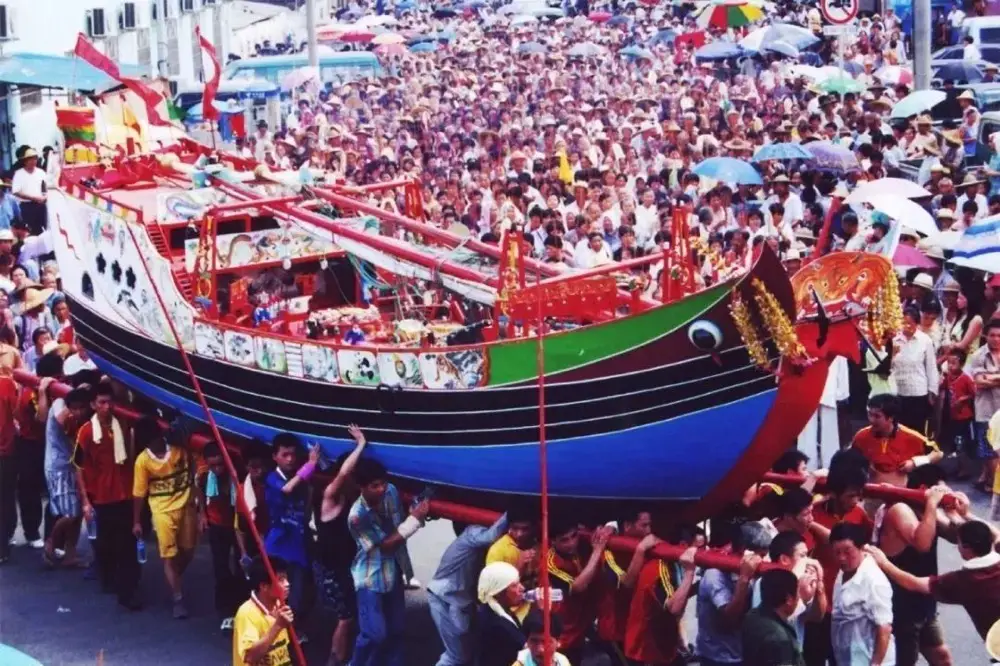
In addition to sending “DaShu Boats,” the people in the Jiaojiang area also have the custom of consuming ginger egg mixture during the DaShu solar term. Ginger is believed to remove dampness from the body and is considered nourishing. Additionally, some elderly people enjoy eating chicken congee, believed to provide nourishment to the body’s yang energy.
“Sun-drying Summer Ginger”
Sun-drying summer ginger is a practice originating from regions in China like Shanxi and Henan during the period of “San Fu Tian” (Three Fu Days), which refers to the three hottest periods of summer. People slice or juice fresh ginger and mix it with brown sugar. The mixture is then placed in containers covered with gauze and left to dry under the sun. After sufficient fusion, it is consumed and is believed to have remarkable effects on conditions like a cold stomach, cold-related illnesses, and coughs. It also serves as a warm and nourishing remedy.
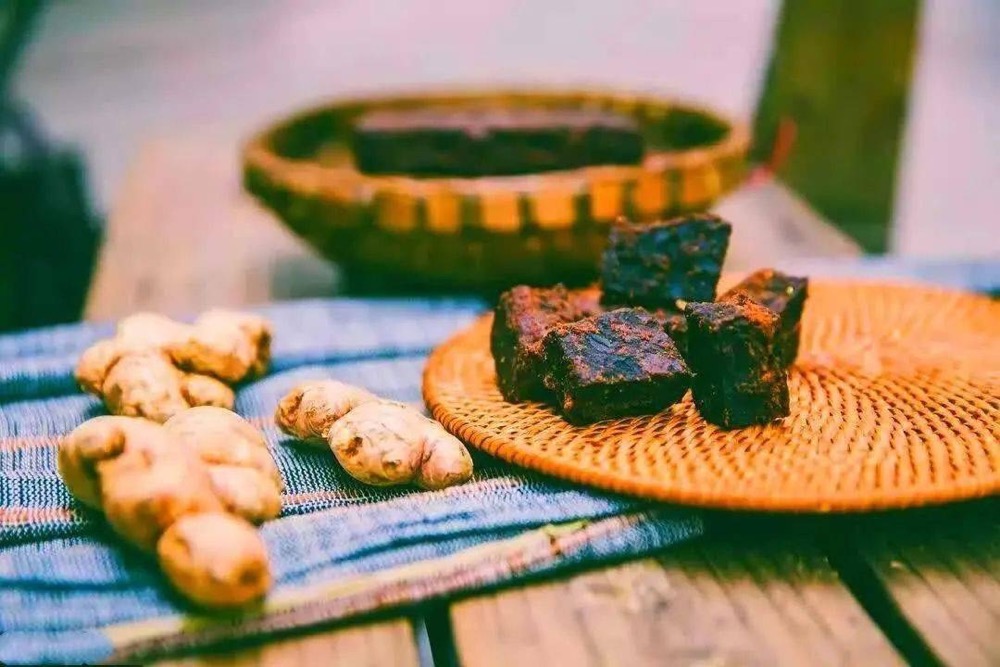
The active compound, gingerol, found in summer ginger is effective in treating issues caused by excessive consumption of cold and cooling foods, such as abdominal distension, pain, diarrhea, and vomiting. After consuming summer ginger, individuals may experience a warming sensation in the body. This is because gingerol induces the dilation of blood vessels, accelerates blood circulation, and prompts the opening of pores on the skin, which helps eliminate excess heat. Additionally, it expels pathogens and cold from the body. Drinking a cup of sun-dried ginger can promptly alleviate various discomforts caused by excessive exposure to cold, getting caught in the rain, or prolonged stays in air-conditioned rooms.
“Drinking Fu Tea”
Fu tea, as the name suggests, is a type of tea consumed during the Three Fu Days of summer. The free supply of Fu tea generally lasts from the beginning of the sixth lunar month to the end of August. It is a herbal tea made from a combination of over ten medicinal herbs, including honeysuckle, mulberry leaf, and licorice, that are boiled together. This tea has a refreshing and cooling effect.
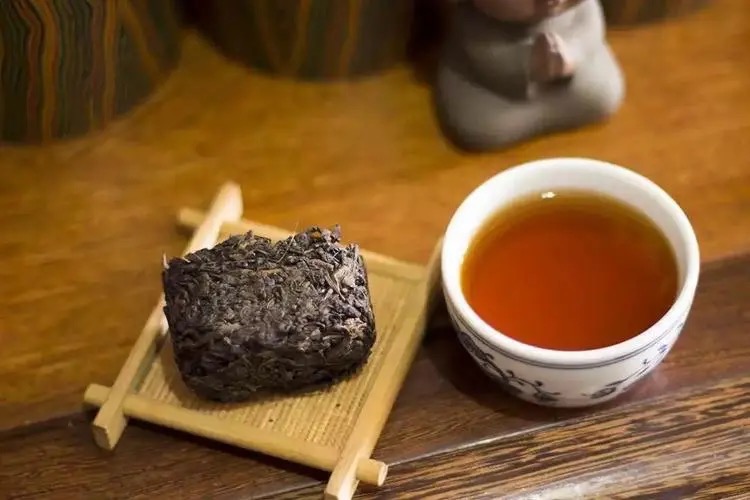
In ancient times, many rural areas had a custom where people would place tea water in pavilions at the entrance of the village to offer free tea to passersby. Although such pavilions are rare now, the tradition has been preserved in Wenzhou for hundreds of years. Each pavilion has dedicated staff who brew tea all day, ensuring a steady supply. In Wenzhou, this tea has a specific name and is known as “Fu Tea.”
“Burning Fu Incense”
During the hottest period of summer, known as “Da Shu Jie” (Major Heat Festival), temperatures are at their peak, and agricultural tasks, such as harvesting and planting, become crucial, as the region experiences frequent occurrences of droughts, floods, and wind disasters. In this context, people burn incense and pray for favorable weather, abundant crops, and a prosperous harvest. Additionally, there is a practice similar to traditional Chinese medicine called “moxa,” where specific acupuncture points are treated by applying heat from burning medicinal herbs during the Three Fu Days. This method can effectively treat various stubborn illnesses.
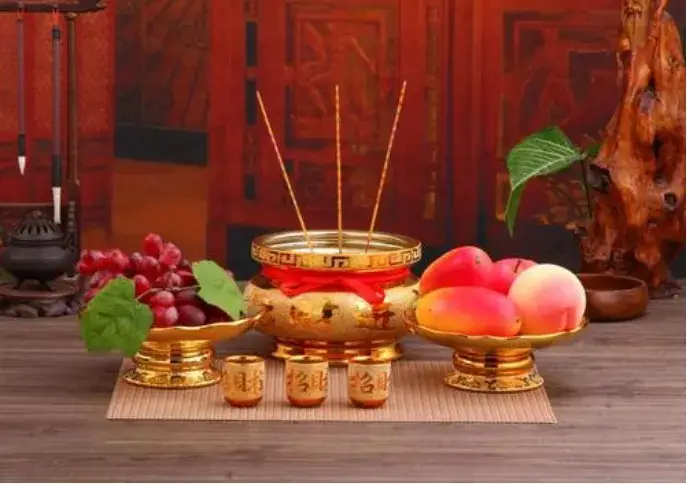
In conclusion, the customs of sun-drying summer ginger, drinking Fu tea, and burning Fu incense are traditional practices associated with the Three Fu Days in China, particularly during the “Da Shu Jie” period. These practices reflect the cultural significance of seeking protection from the extreme summer heat and praying for health, prosperity, and a bountiful harvest.
“Observing ‘Da Shu’ Customs”
On the day of “Da Shu” (Major Heat Festival), families in Putian have the custom of eating lychees, mutton, and rice wine lees, which is known as “observing Da Shu.” During this festival, it is common for relatives and friends to exchange lychees and mutton as gifts.
In Taiwan, during the Major Heat Festival, the surrounding seas are abundant with warm-water fish species, such as squid in the northeast sea, cuttlefish, horse mackerel, and yellowfin goatfish in the waters near Keelung and Changhua. A Taiwanese proverb says, “Eat pineapple during the Major Heat Festival,” indicating that pineapples are particularly delicious during this time. Additionally, on the 15th day of the sixth lunar month, known as the “Half-Year Festival,” families offer prayers to deities and then gather to eat “half-year round” together. The half-year round is made from glutinous rice flour mixed with red bean paste and is often prepared as a sweet dish, symbolizing reunion and sweetness.
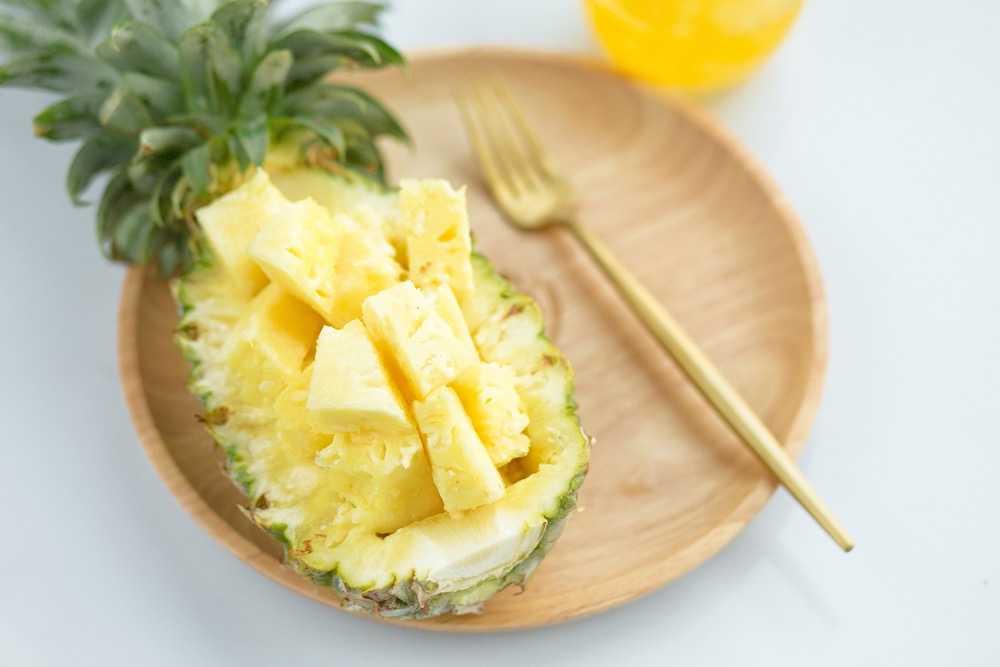
Drinking “Shu Yang” (Mutton Soup)
In North China, there is a tradition of drinking mutton soup on the day of “Da Shu.” After intense labor during the summer harvest, people are very tired and in need of rest. Families gather together, and each person eats a fragrant new wheat cake and drinks a bowl of delicious mutton soup.
Cricket Fighting
“Da Shu” is the time when the countryside is abundant with crickets, and people in many regions of China enjoy leisurely activities like cricket fighting after meals. Adults often take children to the fields to catch crickets, and then they play cricket fighting games under large trees, bringing much joy and amusement.
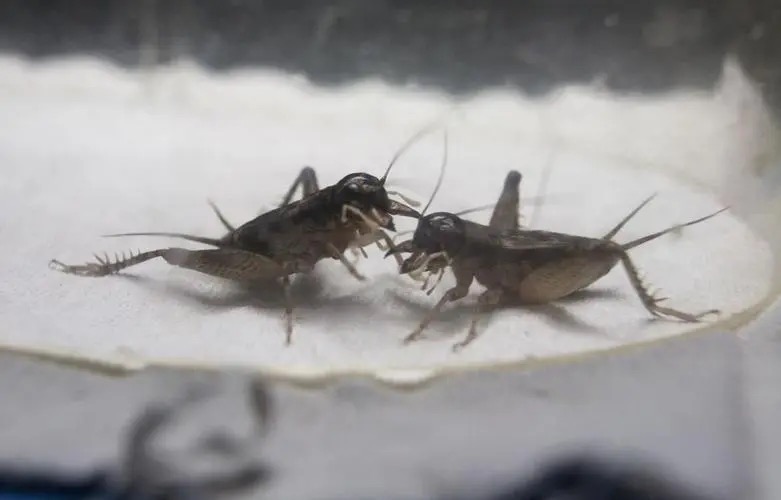
The “Half-Year Festival”
The 15th day of the sixth lunar month marks the halfway point of the year and falls during the Major Heat Festival. It is known as the “Half-Year Festival.” After offering prayers to deities on this day, families gather to eat “half-year round.” The half-year round is made from glutinous rice flour mixed with red bean paste and is often prepared as a sweet dish, symbolizing reunion and sweetness.
Eating “Xian Cao” (Grass Jelly)
During the scorching heat of “Da Shu” and “Xiao Shu” (Minor Heat), there is a custom in Fujian, Guangdong, Taiwan, and other regions to eat grass jelly to cool down and detoxify. Grass jelly, also known as “Liang Fen Cao” or “Xian Ren Cao,” belongs to the mint family and is an important medicinal and edible plant. Due to its magical cooling properties, it is nicknamed “Xian Cao.” After drying the stems and leaves, it is made into a dessert called “Shao Xian Cao” or “Liang Fen” in Guangdong, which is a refreshing and cooling sweet treat.
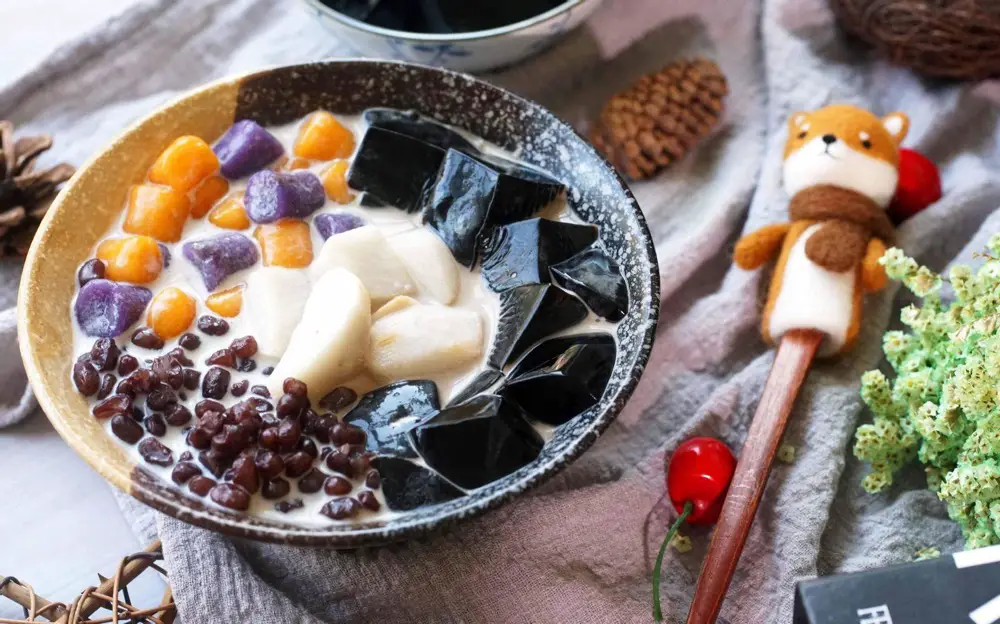
Chinese major heat Living and health preservation
Daily Life Tips for the Major Heat Season
Sleep:
During the summer, it is advisable to go to bed later, as the hottest part of the day has passed, and nights are relatively cool, making it easier to fall asleep. It is recommended to wake up slightly earlier as the mornings are brighter, aligning with the principles of living in harmony with nature for health. It is essential to plan work schedules sensibly, balance rest and activities, avoid intense exposure to the sun, and focus on indoor cooling. Adequate hydration is crucial, and individuals with a cold constitution should prefer hot drinks.
Using Air Conditioning at Home:
When cooling and ventilating indoors, start the air conditioning before opening the windows.
Maintain a moderate temperature difference between indoor and outdoor areas; around 26°C is the most suitable indoor temperature.
On extremely hot days, use the dehumidification function instead of lowering the air conditioning temperature to achieve a comfortable and cool environment.
Remember to open the windows for ventilation after running the air conditioning for three hours.
Adjust the air conditioner’s air outlet upward for better cooling, allowing cold air to circulate from top to bottom for natural airflow.
Diet:
During the Major Heat season, digestive functions are weaker, so it is advisable to consume light and easily digestible foods. Avoid excessive intake of fatty, greasy, spicy, and fried foods. In addition to drinking plenty of water and eating porridge, include foods with heat-clearing, spleen-strengthening, dampness-dispelling, qi-nourishing, and yin-nourishing properties, such as lotus seeds, lily bulbs, and coix seeds. Cooling options include lotus leaf, winter melon, watermelon, and mung beans. Additionally, pay attention to food hygiene.
Exercise:
For physical activities, mornings or evenings are recommended during the Major Heat season. Choose shaded places in parks or by lakes for exercise. Opt for moderate-intensity activities like tai chi, jogging, or badminton to prevent excessive sweating and dehydration. After exercising, drink warm water appropriately.
Clothing:
Wear comfortable, breathable, and sweat-absorbent clothing during the Major Heat days. Loose-fitting attire facilitates heat dissipation through the skin’s sweat pores. It is essential to wash and change clothes frequently to prevent wearing damp or sun-exposed clothes for extended periods, which may lead to heat and dampness affecting the body.
Mental Well-being:
Prolonged high temperatures can cause emotional discomfort, so beware of getting emotionally “overheated.” Avoid being irritable or angry and learn to handle situations with a calm attitude.
In summary, Major Heat is an important solar term, marking the last phase of summer and the period of rapid crop growth. During this time, people need to enhance field management and take measures to prevent heatstroke, keep cool, and protect against sunburn and dehydration. Additionally, it is a time to embrace traditional culture and customs associated with Major Heat, and to spend a healthy and joyful summer.